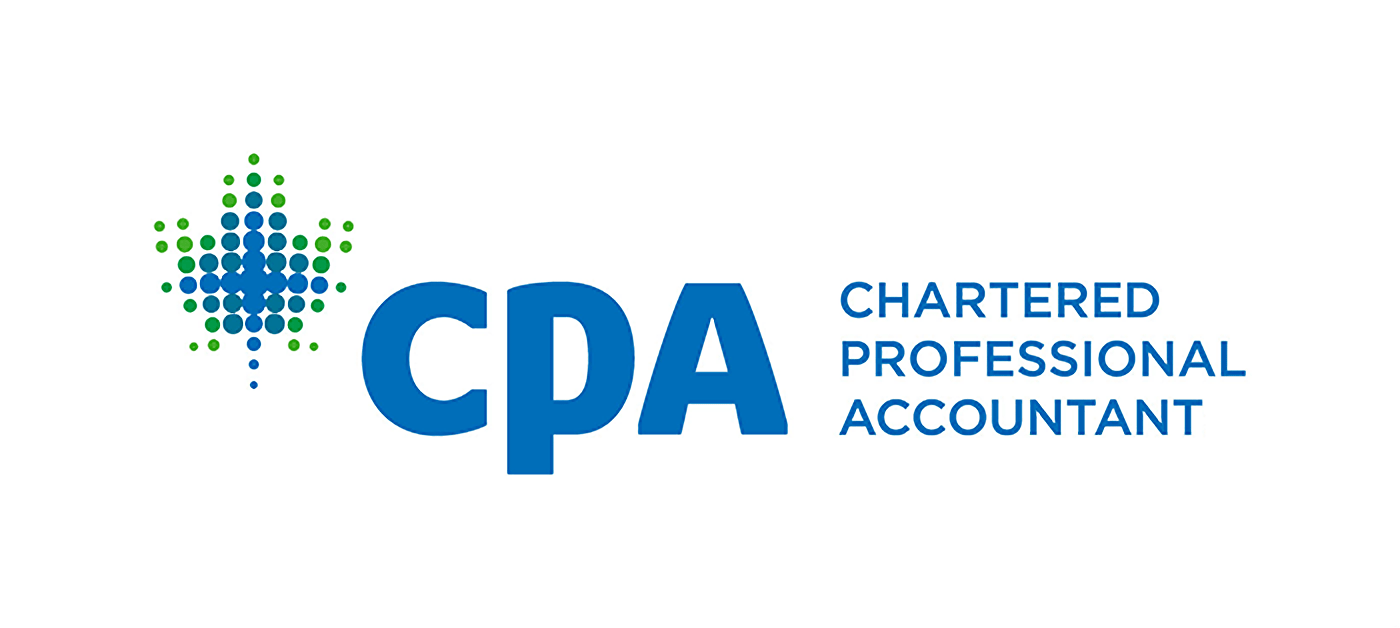How to Calculate Net Profit Margin
How to Calculate Net Profit Margin (NPM)
What is net profit margin and how does an accountant calculate it? When you’re running a small business, one of the most important metrics to review is your net profit margin.
This helps you figure out the overall financial health of your business. Work with a CPA that specializes in your industry so you can get strategic advice that applies specifically to you.
What Is Net Profit Margin?
Net profit margin, also shown as NPM in many accounting documents, is the ratio of your net profits to your revenue. You can show your net profit margin for your entire business or for a specific segment. The higher your net profit margin, the better your business is doing.
Net profit margin essentially tells you how much of every dollar your business earns as revenue actually becomes profit. For example, if your net profit margin is 28%, this means that 28 cents of each dollar you make is profit.
What is a good net profit margin value to aim for? It really depends on your industry, as each one has its own profit margin standards and norms based on market prices and expenses.
You can purchase reports that provide data on your industry standards, find free information online, or exchange confidential business information with a friend in the same industry to see what net profit number you should be targeting.
Calculating Net Profit Margin
Calculating your business’ net profit margin can be complicated, so it’s best to work with an experienced accounting firm like PROFiX that can help you make sense of the numbers.
Here is the formula for calculating net profit margin for your business:
- Calculate Your Sales: Tally up all of your business’ sales within a given time period, such as one year. Exclude any revenue that is not directly related to your operations, such as the sale of an asset or interest revenue on investing extra cash.
- Calculate Cost of Goods Sold (COGS): This is the direct cost of producing the goods for sale. For example, if you sell tables, your COGS is the total cost to produce that table including the materials and labour. If you sell cannabis, for example, the COGS is the cost to grow, pick, and package the inventory. If you are a law firm and sell people's time and expertise, the COGS is the cost to employ revenue-generating people such as associates and paralegals.
- Calculate Your Gross Profit: Deduct the COGS from your revenue to find out this number.
- Calculate Your Net Profit Margin: Deduct overhead costs from your gross profit, which are non-revenue-generating costs such as rent, computers, and office expenses. Divide this number by your sales in step 1. Convert the number to a percentage by multiplying it by 100. This number is your net profit margin.
Once you determine your business’ net profit margin, calculate profit margin by different revenue streams, such as individual products and services. You can allocate overhead in different ways, such as by dividing it equally by the number of products you sell and using that amount to apply to an individual product.
Contact PROFiX if you need help determining the best way to apply overhead expenses to individual products’ profit margins. This will help you determine which areas of your business are most profitable, and which are not meeting industry standards.
Interpreting Net Profit Margin
The net profit margin number is just that — a number. On its own, it doesn’t really tell you much about where your business has been and where it's headed. It’s important to give context to numbers to understand your business’ financial position. Consider two companies that have the same revenue.
On the surface, it may look like both companies are equally successful. However, this may not be the case when you review the net profit margins of each company.
Your net profit margin shows how much of every dollar of sales get converted into profit. For example, a profit margin of 30% means you make $0.30 in profit on every dollar of sales.
Try to get industry data that shows profit margins for your industry and competitors to compare how your business is doing. While 30% may seem like a high net profit margin to you, it doesn’t look so successful when compared to a competitor’s 49% net profit margin.
This is why context is always key when examining the numbers.
Do not compare your business’ net profit margin to a business in another industry. Each industry has unique standards, based on the market, sales, and cost of goods.
Software Training offer:
TRUST ACCOUNTING IN CLIO and XERO
Is your law firm Law Society Compliant in Clio and Xero? If you aren't doing a 5-way trust bank reconciliation, you are not compliant.
Learn the proven method for keeping your financials clear and on track. We'll go through each step from set up to reconciliation, plus share tips for best practices and supporting apps.
In this
4-hour course, we outline our start to finish process for trust accounting in Clio, plus provide tips and best practices for working efficiently and staying organized.
Learn more and see the course outline.
Ensuring Net Profit Margin Is Accurate
If you’re not paying yourself a salary, your earnings will not be reflected in your business’ net profit margin. This will make it look artificially high, as is the case for law firms where partner draws are not recorded as salary.
It’s important to include an allocation for the business owner’s salary when calculating NPM to determine how successful your business is performing. For example, if you are the CEO of your business, and the typical CEO of a business like yours is earning $150,000 a year, you would allocate for that in your overhead expense when calculating NPR.
The reason is that if you are only paying yourself $75,000 (for tax purposes or because that’s all you can afford), your business’ NPR would look artificially high compared to your industry’s norm.
This may give the false impression that your business is running more efficiently or more profitably than your competitors, when in fact the opposite is likely to be true if you can only afford to pay yourself half the market rate.
This is important to consider as a business owner because when taking on the added risk of entrepreneurship, most people hope for an added benefit like an easier lifestyle or making a lot more money than they would earn as an employee.
Accounting for your own salary while calculating NPR and evaluating the health of your business is an important feature often overlooked by a lot of CEOs and CFOs.
Understanding the Relationship between Wages and Profit
In order to motivate employees to perform their best, it’s also important to tie wages to profit. At PROFiX, we have experience developing employee compensation plans where compensation is aligned with profits.
By offering a bonus structure that ties bonuses with company profits, these businesses reduce their risks and help motivate team members to align their day-to-day decisions with long-term company goals.
The results are higher employee engagement and retention with mitigated business risk. If the business has a bad year, for example, they don’t have to worry about paying high base salaries during it.
Want to Increase Your Net Profit Margin?
Improving your net profit number isn’t as simple as increasing your sales and reducing your expenses.
Get in touch with PROFiX Accounting and Strategy to not only determine what your net profit margin is and how it fares in your industry, but also what you can do to improve that number.




